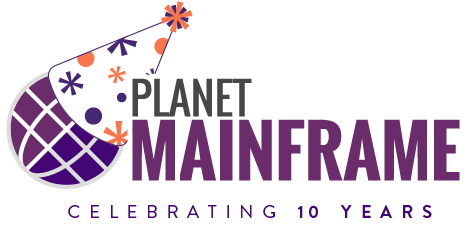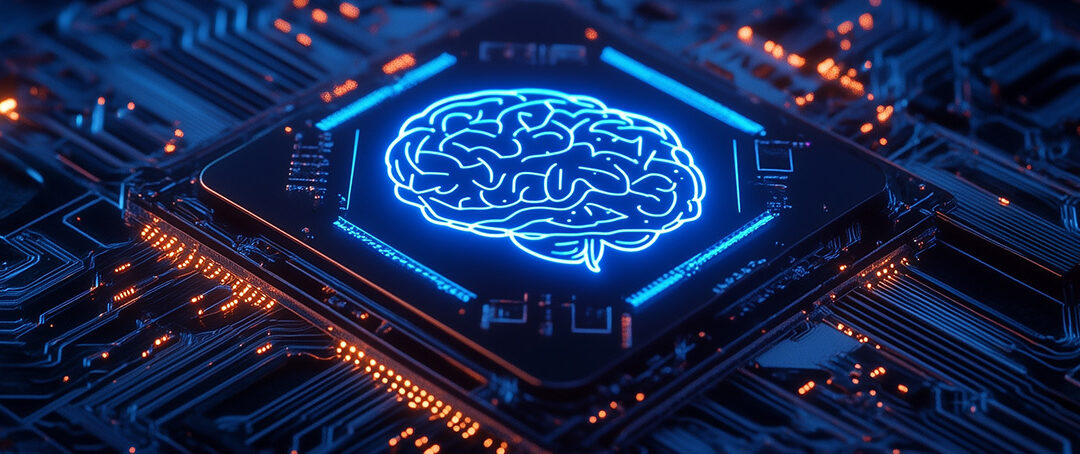In a Planet Mainframe podcast, Amanda Hendley, Managing Editor at Planet Mainframe, sat down with Venkat Balabhadrapatruni, a solution architect at Broadcom Software and 2025 IBM Champion. They discussed the company’s strategy for bringing modern AI capabilities to mainframe environments.
Today’s Modernization is AI and Mainframes
Why Mainframes Need AI
Mainframes are the backbone of countless enterprises, but many teams face a tough reality: complicated, aging applications and a shrinking pool of seasoned experts.
Instead of getting stuck, forward-thinking companies are turning to AI-powered assistants and chatbots. These tools decode complex code, help newcomers get up to speed, and keep things running smoothly, even if – and when – documentation is fuzzy or outdated.
AI is revolutionizing the mainframe world, transforming how organizations operate, modernize, and secure their most critical systems. Forget the hype of “AI could someday do X, Y, and Z…,” leaders in mainframe tech want real solutions, now.
A Deliberate AI Strategy
AI is everybody’s favorite topic right now, isn’t it? – Venkat
Instead of chasing generative AI just because it’s trending, Broadcom is focused on enriching its products with genuinely valuable AI-enhanced features. “We will integrate generative AI into our existing products and portfolio, Venkat said, “And not just run after generative AI and create a solution just because it’s the new hype.”
Today, advances in standards such as Model Context Protocol (MCP) and Retrieval Augmented Generation (RAG) enable mainframe organizations to tap into real-time data, resulting in timely and relevant AI outputs. These innovations support enterprise needs for explainable results and verifiable model behavior, with bounded context and robust data security.
Customers are adopting generative AI-based code assistants—including Copilot, Cursor, and Gemini—to navigate complex legacy applications as tribal knowledge shifts and new generations join mainframe teams.
From Anomaly Detection to Intelligent Automation
Broadcom’s Watchtower platform is a prime example of AI applied to mainframe operations. Initially leveraging traditional machine learning algorithms for anomaly prediction, Watchtower now extends capabilities to chatbots and agentic automation through natural language processing.
“The traditional AI ML algorithms still have a place. And then they’ll serve as the foundation block for generative AI, agentic AI, and anything that’s coming in the future.”
From Venkat’s perspective, AI wont’ take over the mainframe or replace existing work. It’ll just evolve. “The reality is, depending on the problem you’re trying to solve and how you are going to approach it, the traditional AI ML algorithms still have a place,” he said. “And then they’ll serve as the foundation block for the generative AI, agentic AI, and anything that’s coming in the future.”
Making AI Trustworthy and Useful
Venkat emphasized the importance of real-world security and data governance, stressing that adoption must be practical and conservative. New protocols enable organizations to establish guardrails through secure API exposures, credential management, and hygiene practices similar to those used for onboarding human employees.
It’s not enough for AI to simply spit out answers. Accuracy and trust matter, especially when those answers drive mission-critical work. Today’s standards let organizations connect their AI models directly to reliable, real-time data. This helps ensure outputs are explainable and match actual business reality.
These protocols support data privacy and system resilience, both critical elements as AI agents become increasingly autonomous.
“AI is going to impact and change the way we do things.”-Venkat
Venkat offers this message to CIOs, tech leads, and the traditionally slower innovation adopters: “Don’t be skeptical. Be conservative. Be practical. Because this technology… is going to be foundational. It is going to impact and change the way we do things.”
Mainframe teams like Broadcom aren’t just experimenting with AI; they’re putting it to work where it counts, building a future that’s smarter, faster, and more resilient than ever.









0 Comments